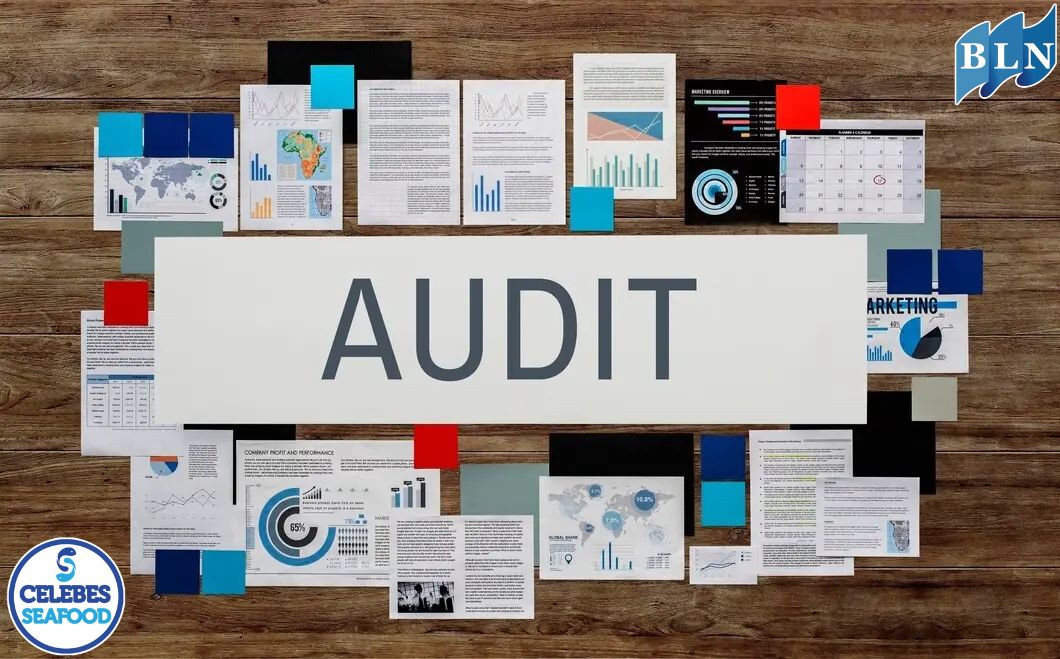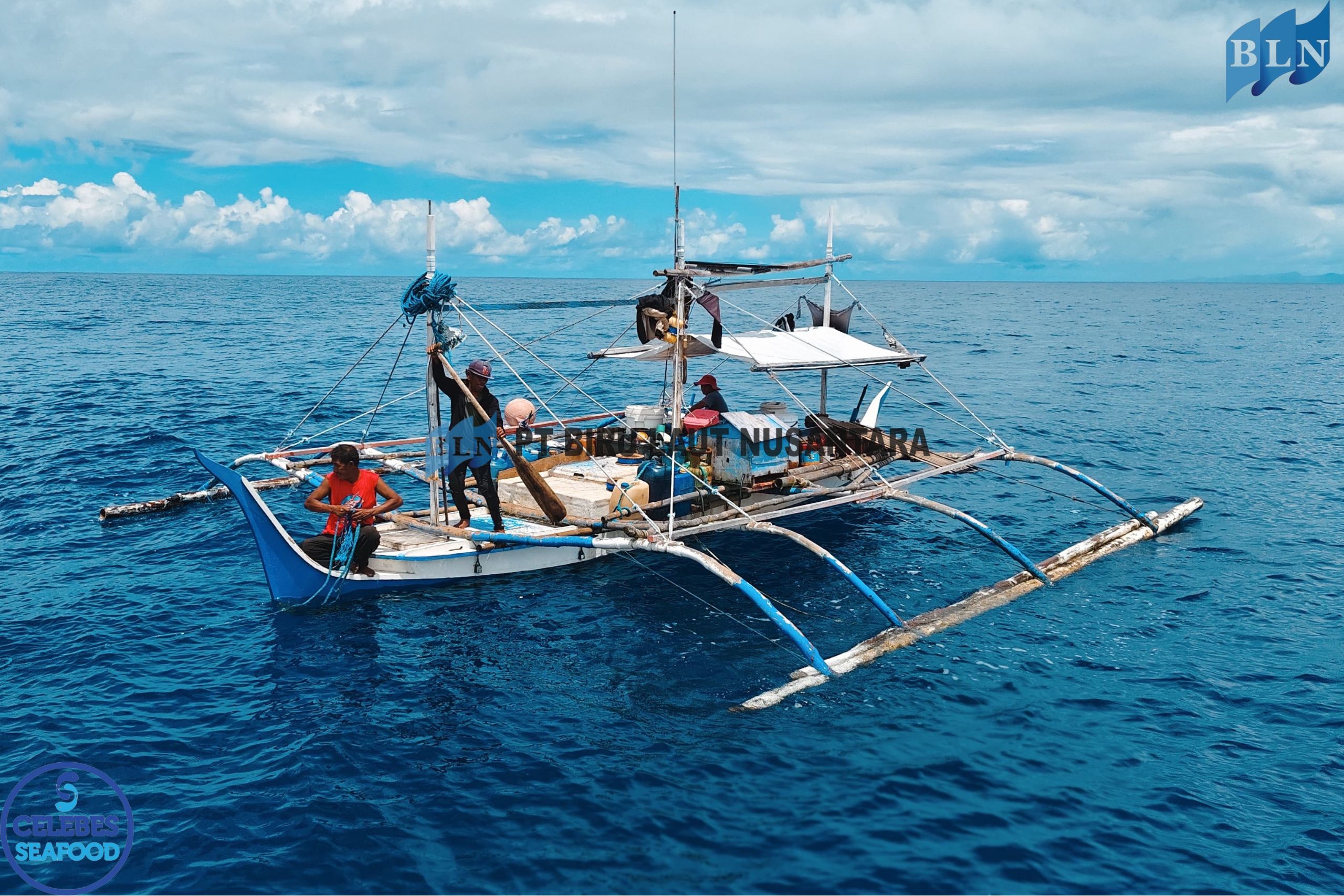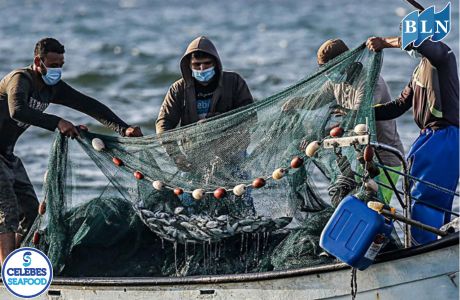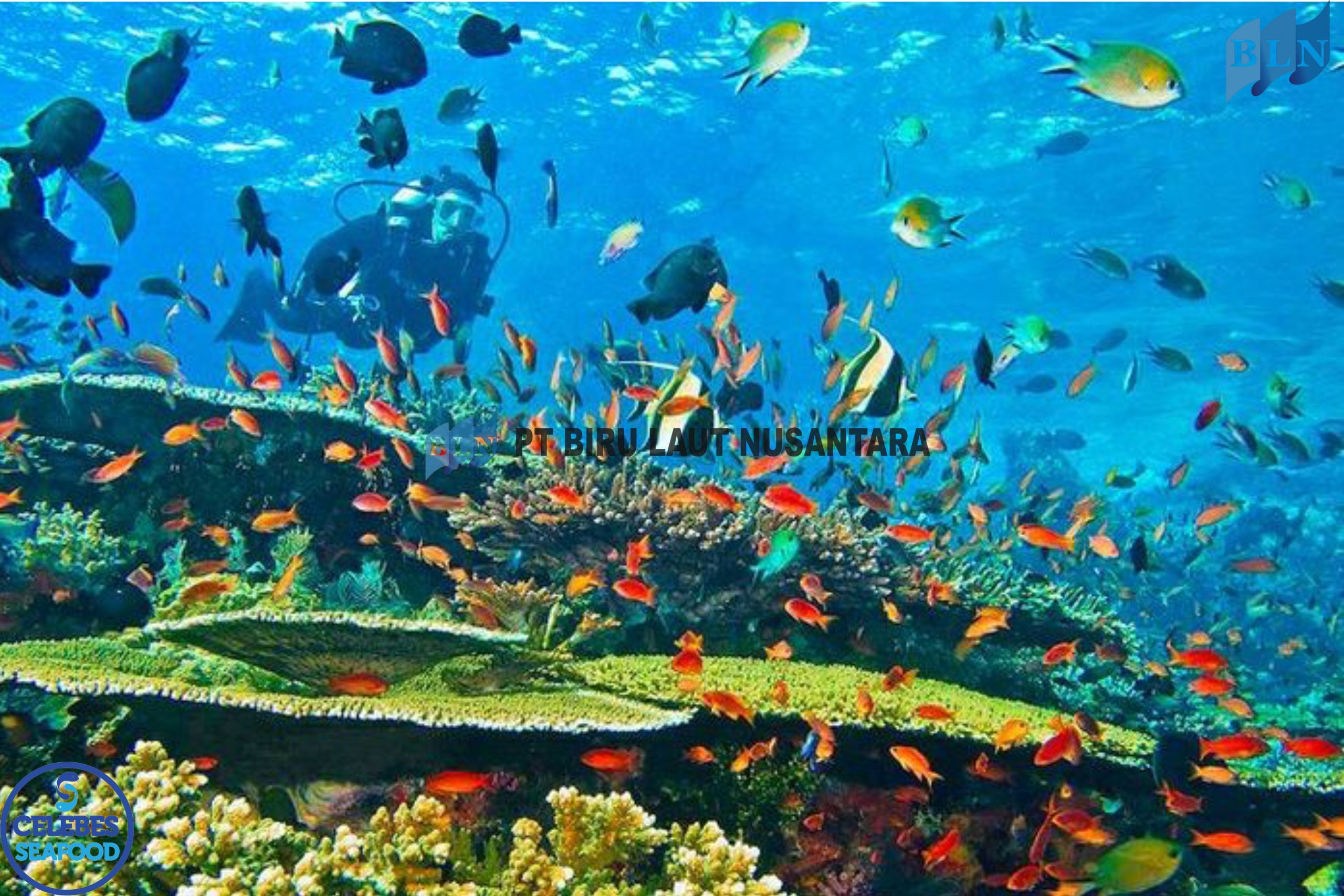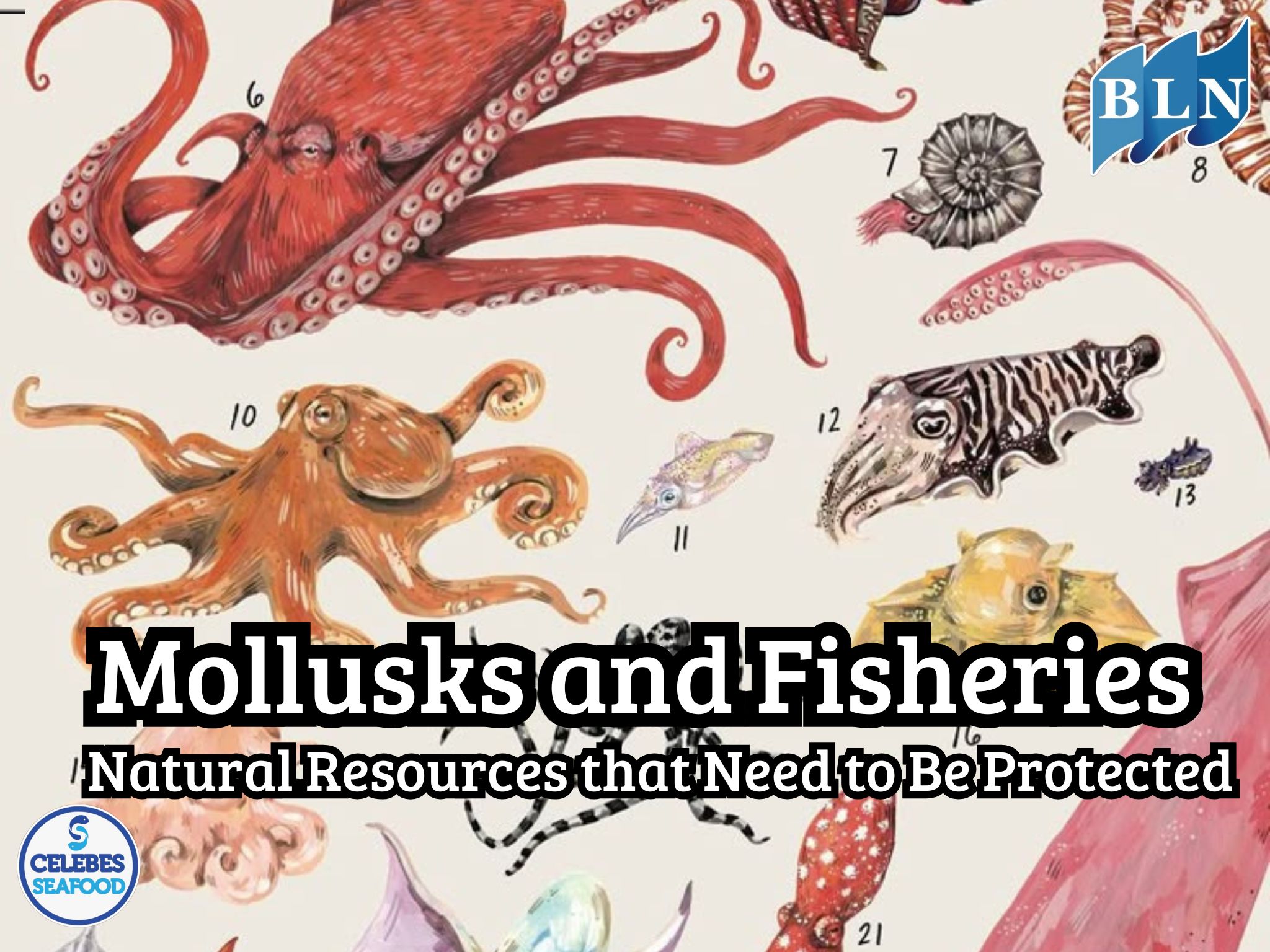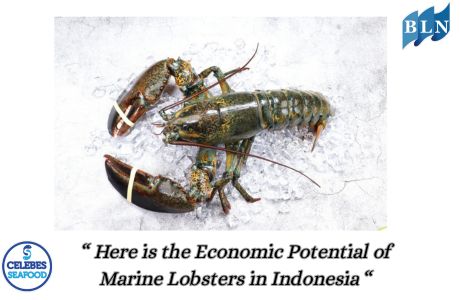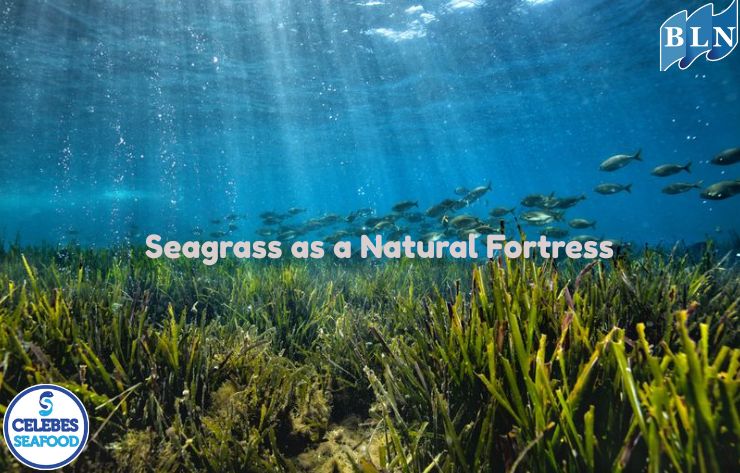Skipjack Tuna Conservational Status
By. Nevanda - 18 Oct 2023
lautnusantara.com - Skipjack tuna (Katsuwonus pelamis), is one of the fish species that has great economic and ecological value in various regions around the world. It is an integral part of the marine food chain and a major source of income for many fishers around the world. However, the conservation status of skipjack is of increasing concern due to the various threats it faces. This article will discuss the conservation status of skipjack, the factors that influence it, and the efforts that have been and need to be made to protect this species.
Read also: Get To Know About 10 Fun Facts of Mackerel
Conservation Status of Skipjack
Skipjack has been the target of commercial fishing for decades, and a large number of skipjack populations have been affected by overfishing. As a result, the conservation status of skipjack has deteriorated. Some of the factors affecting the conservation status of skipjack include:
1. Overfishing
Overfishing rates and unsustainable fishing methods have led to the decline of skipjack populations.
2. Limited Reproductive Ability
Skipjack have limited reproductive capabilities, with long interbirth intervals. This makes population recovery more difficult after a decline.
3. Habitat Loss
Climate change and marine habitat degradation can disrupt skipjack migration patterns and reduce food availability.
4. Bycatch
Skipjack fishing often results in bycatch that includes other species, including endangered marine animals.
Read also: Fish Preservation Innovations to Extend Shelf Life
Protection Measures
To maintain skipjack populations and protect marine ecosystems, various protection efforts have been taken. Some of the measures that have been and need to be taken include:
1. Setting Catch Quotas
Many countries and regional organizations have implemented strict catch quotas to control the exploitation of skipjack. This aims to ensure catches do not exceed recoverable levels.
2. Monitoring and Law Enforcement
Tighten monitoring and enforcement of illegal skipjack fishing, which is often a major threat to conservation.
3. Sustainable Fishing Policy
Encourage sustainable and environmentally friendly fishing practices, such as the use of more selective and environmentally friendly fishing gear.
4. Habitat Protection
Increase efforts to protect important marine habitats for skipjack, such as fishing zones and spawning areas.
5. Supply Chain Management
Promote sustainable supply chains and environmentally friendly fishing certifications, such as the Marine Stewardship Council (MSC) label.
6. Public Education and Awareness
Educate the public about the importance of skipjack conservation and the efforts that can be made to support conservation.
Skipjack is an important species in marine ecosystems and for the sustainability of fishers around the world. However, the conservation status of skipjack is increasingly threatened due to various threats, especially overfishing. To protect this species and the marine ecosystem as a whole, concerted efforts from countries, fishers, and conservation organizations are needed. Through wise harvest regulation, habitat protection and public awareness, we can help ensure that skipjack remains for future generations.
Read also: 7 Most Used Fish Preservation Methods
